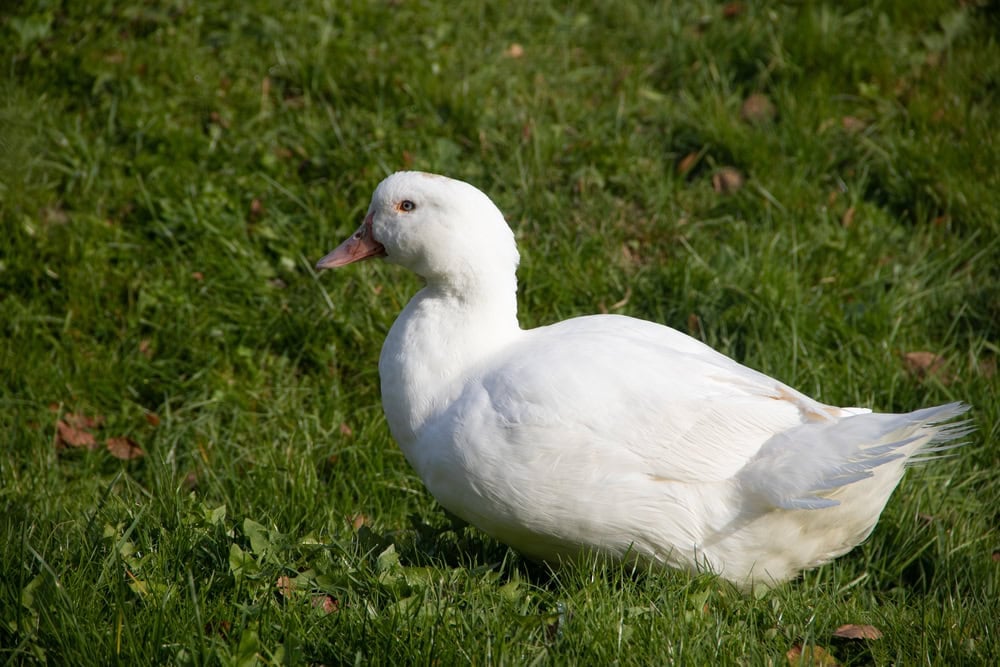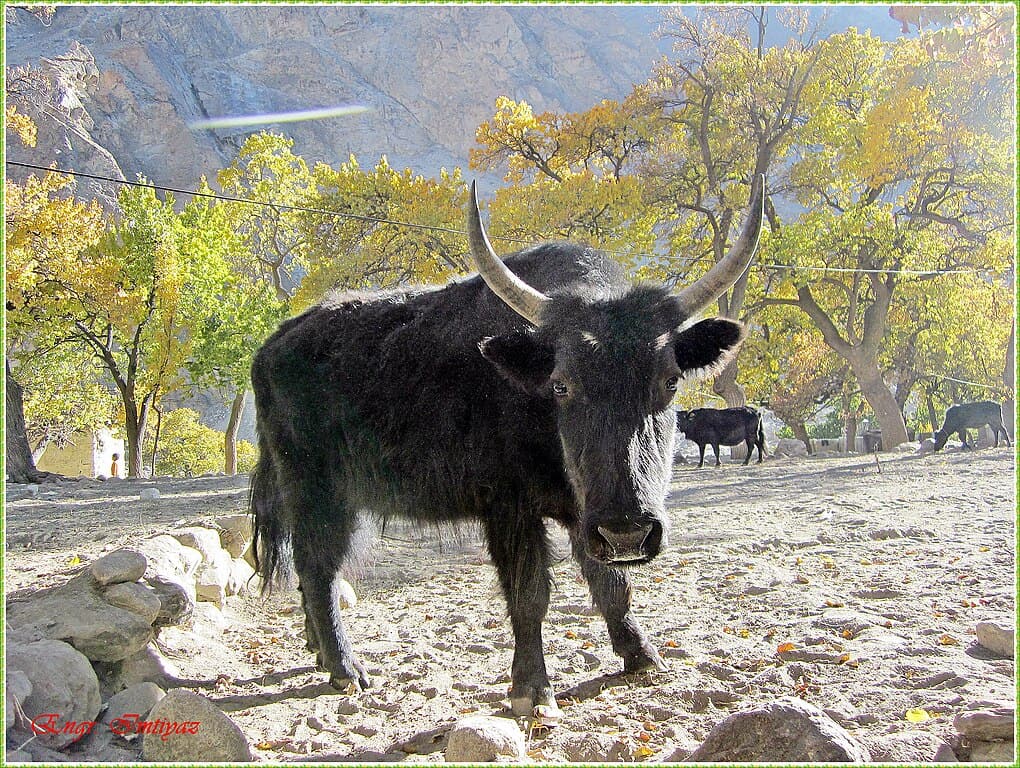The animal kingdom is a tapestry woven with fascinating creatures, each more intriguing than the last. Hybrid animals represent a unique confluence of biology and evolution, showcasing the wonders of nature’s adaptability. Long thought to be products of myths and legends, some hybrids are very much real and thrive in their natural environments. In this article, we’ll explore the captivating world of hybrid animals—the incredible species that emerge when distinct animal groups converge.
1. Liger The King of Hybrid Cats

The liger, a cross between a male lion and a female tiger, stands as the largest of all known cat species. Ligers exhibit an impressive blend of traits inherited from their powerful parents. Physically, they carry the lion’s social tendencies and the tiger’s stripe pattern, though usually lighter and more subdued. Found in sanctuaries and zoos, ligers serve as living lessons in the complexity of genetics.
2. Tigon The Liger’s Lesser-Known Cousin

While ligers have captured the public imagination, tigons are a less common hybrid resulting from a male tiger and a female lioness. Tigons tend to be smaller than ligers, often inheriting the size-reduction gene from their lion parent. They might carry both spots and stripes, making their appearance truly unique. Their existence highlights the intricate dance of genetic expression and inheritance.
3. Wholphin A Marine Marvel

Arguably one of the most surprising of all hybrids, the wholphin is a rare blend of a false killer whale and a bottlenose dolphin. These marine mammals inherit a mix of features from both parents, including intermediate size and tooth count. Spotted mainly in captivity, wholphins are a testament to the mysteries of oceanic life and speciation.
4. Zorse The Striped Wonder

The striking zorse, born from a zebra and a horse pairing, presents an awe-inspiring sight. Most zorses carry the body of a horse decorated with zebra-like stripes, highlighting nature’s creativity. These hybrids often have a wild disposition, acquiring the zebra’s skittish nature. Zorses exemplify how different equine attributes can meld in surprising ways.
5. Zonkey A Testament to Versatility

Just like the zorse, the zonkey results from a mix of zebra with a donkey. This hybrid is characterized by its zebra-like stripes on a donkey-like body. Often more resilient and robust than their parents, zonkeys embody the adaptive spirit that defines hybrid animals. They remind us of the adaptive strategies that can emerge in the animal kingdom.
6. Grolar Bear Survival of the Fittest

Climate change has led to new interactions between polar bears and grizzly bears, resulting in the hybrid known as the grolar bear or pizzly. Smaller than a polar bear yet larger than a grizzly, this animal’s physical characteristics are a mix of the two species, indicative of evolving environmental pressures. Grolar bears illustrate nature’s response to shifting habitats and climates.
7. Leopon A Rare Blend of Strength and Beauty

Leopons, though rare, are hybrids of male leopards and lionesses. Their appearances draw on the leopard’s rosettes and the lion’s majestic build and are primarily developed in captivity. Leopons highlight the potential for different large felines to spawn unlikely yet majestic offspring. Their unique appearance underscores the vast potential within feline genetics.
8. Mulard A Culinary Curiosity

Beyond the wild, hybrids like the mulard—a mix of Pekin and Muscovy ducks—hold significance in agriculture, particularly in food production. Known for their fast growth and substantial size, mulards have become staples in the production of foie gras. These hybrids exemplify human use of genetic prowess to optimize traits for agriculture and food industries.
9. Dzo A Himalayan Hybrid

In the high altitudes of the Himalayas, the dzo—descended from domestic cattle and yaks—thrives. This hybrid proves stronger and more productive than its parental species, combining the yak’s endurance and cattle’s docility. Dzomos, the female equivalent, are prized for their milk production, emphasizing hybrids’ role in local economies and cultures.
10. Hybrid Wallabies Nature’s Colorful Display

In select areas of Australia, the interaction between different wallaby species has led to striking hybrids. These animals exhibit unique coat colors and patterns that differ from their parents, showcasing the innovative designs that genetic diversity can manifest in the wild. Hybrid wallabies underscore the evolutionary creativity found in Australia’s unique ecosystems.
Understanding Hybridization in Nature

Hybrid animals emerge not from simple chance, but from complex interactions encompassing genetics, environment, and behavior. These crosses are more common in artificial settings, where human intervention brings distinct species together, yet they also occur in nature, challenging our perceptions of species boundaries. Such hybrids offer insights into evolution and adaptation.
The Implications of Animal Hybrids

The existence of hybrid animals raises essential questions about conservation, biodiversity, and the ethics of breeding practices. While hybrids can showcase the wonder of nature’s adaptability, they also prompt careful consideration of human influence on wildlife. Balancing human interest with environmental stewardship remains a continual dialogue in preserving the planet’s biological wealth.
Conclusion

In conclusion, hybrid animals teach us valuable lessons about adaptability, survival, and the intricate web of life that sustains our planet. By observing these unique creatures, we cultivate a deeper understanding of biology’s potential and the critical importance of safeguarding the habitats that nurture these remarkable beings. Whether through awe or education, the tale of hybrids in the wild captivates our imagination, urging us to explore further the mysteries of the natural world.
- 12 Reasons Idahos Dogs Might Be the Happiest in the U.S. - August 9, 2025
- 14 Rare Horse Breeds You Didn’t Know About - August 9, 2025
- The Largest Wildfire to Ever Burn in the US - August 9, 2025

